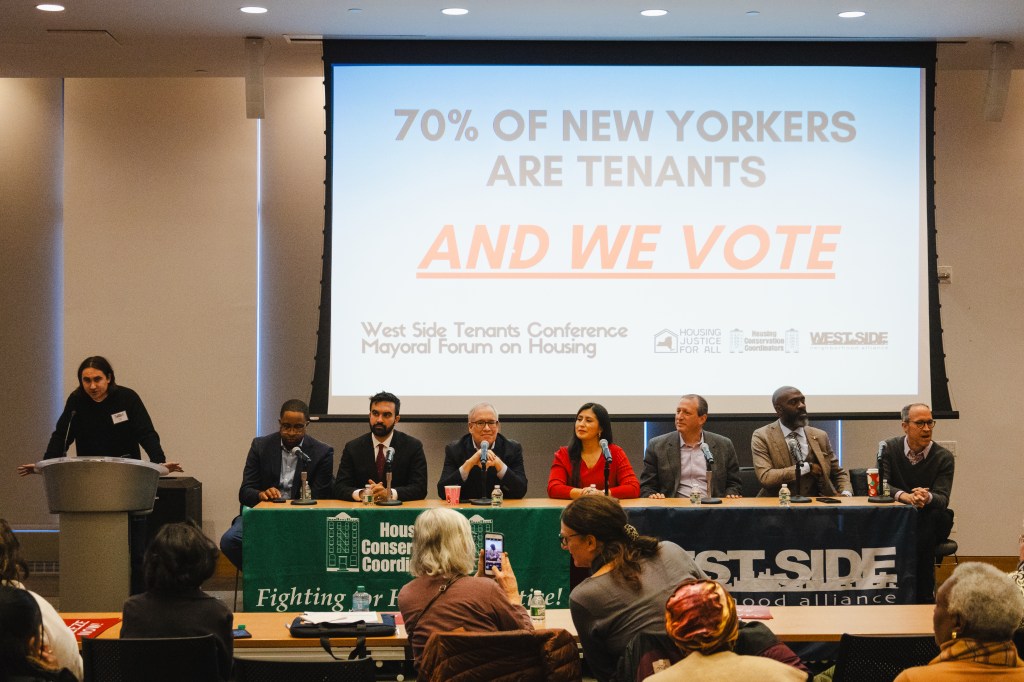On Wednesday, September 21, 1938, the day dawned cloudy, rainy and very humid in the New York City/Long Island region. The weather forecast for that day was for heavy rain and moderate gale force winds, but nothing more. The region had no idea that a monster Category 3 hurricane was moving rapidly up the coast from just east of Cape Hatteras, North Carolina, at nearly 60 mph. The weather forecasters did not even expect this tropical tempest to affect our region.
By early that afternoon the storm slammed into the region, displaying its murderous and destructive fury. Winds in the metropolitan area were sustained at 50-60 mph, with gusts over 95 mph, causing widespread destruction in the city and its outer boroughs. Torrential rains flooded streets, highways and subways, bringing transportation to a halt. Thousands of trees were uprooted and destroyed, damaging homes, businesses and automobiles. Three people died in the city as a result of the hurricane, but nearly 100 people on Long Island were killed. Fire Island was completely submerged by tides 15-20 feet above normal, along with waves as high as 25 feet. Winds on Long Island were clocked as high as 120 mph, causing horrific damage. This vicious storm caused a total of nearly $400 million in damage and its final death toll was 680 people from New Jersey through New England, with nearly 2,385 people injured, and thousands left homeless.
The question is, could we see a repeat scenario similar to 1938? The answer is YES! We must be prepared to deal with that possibility at some point. Last year, Hurricane Irene was a wakeup call for all of us here in the Northeast. We must enter every hurricane season fully prepared and have all of the necessary supplies in stock. Hurricanes are nature’s most awesome displays of fury. It is better to be safe than sorry.
John Amato
Fresh Meadows


































